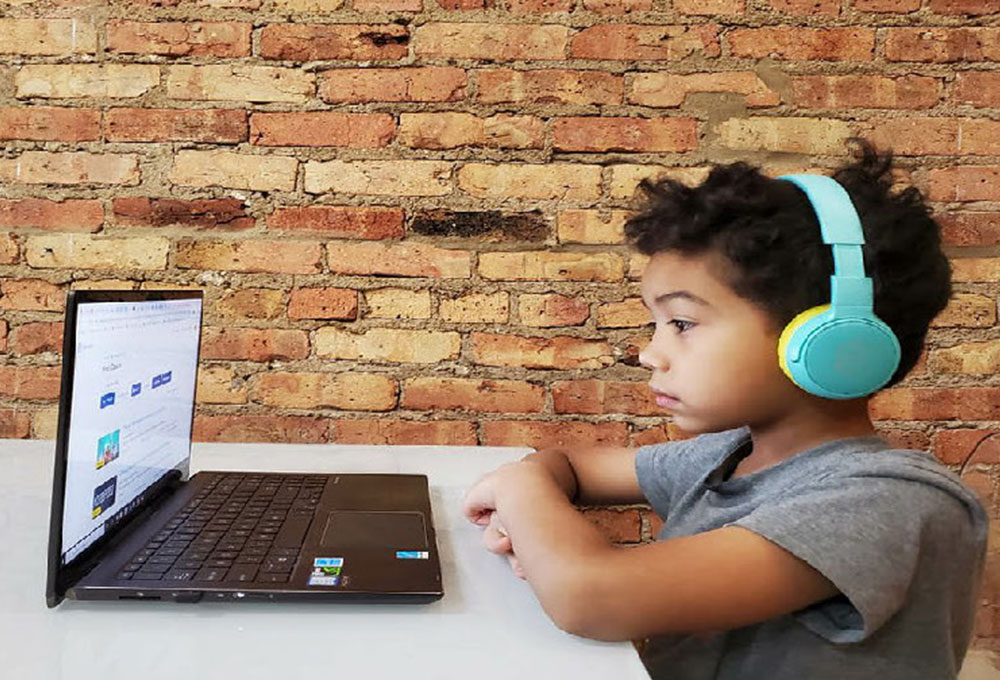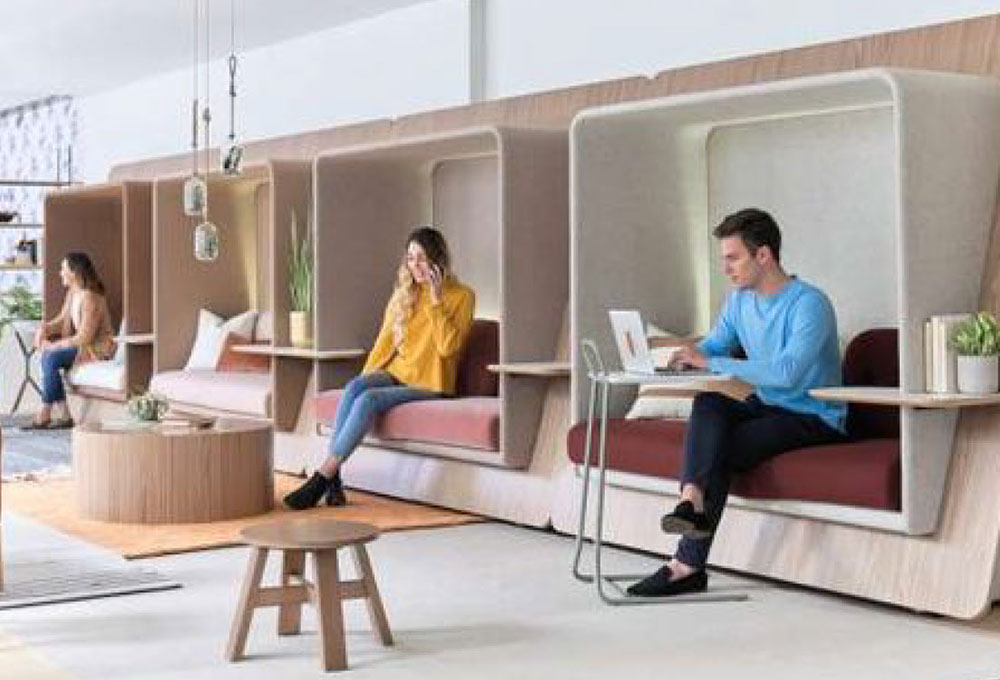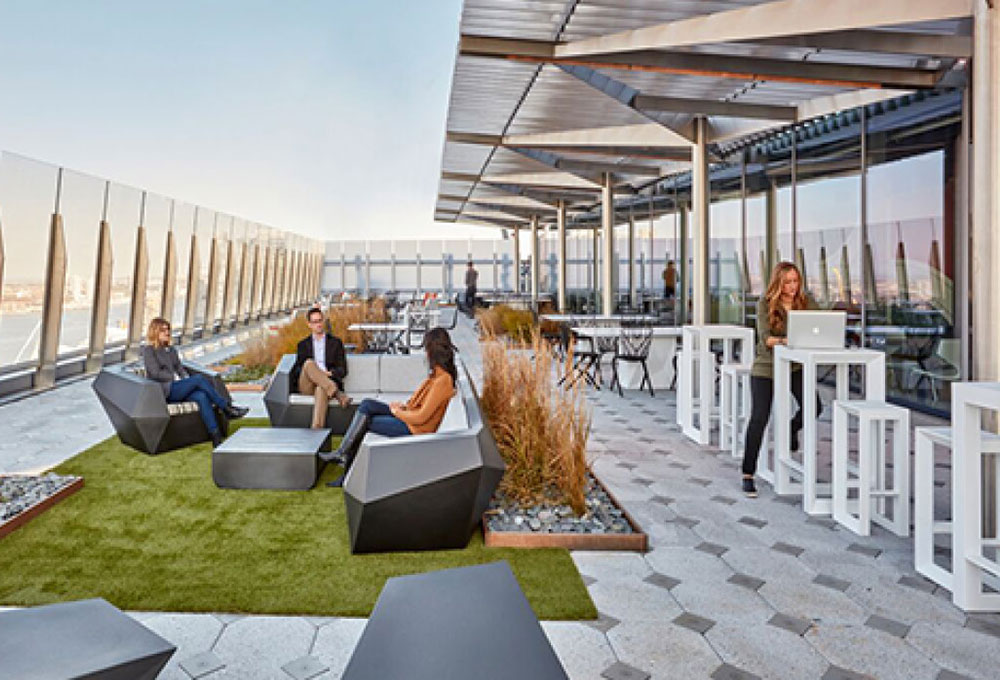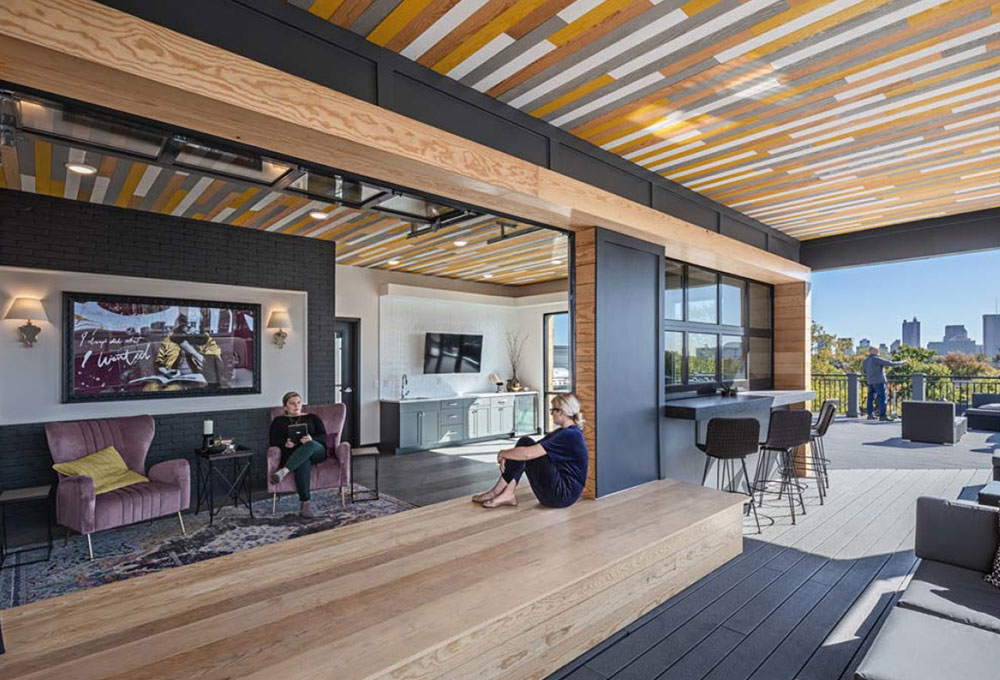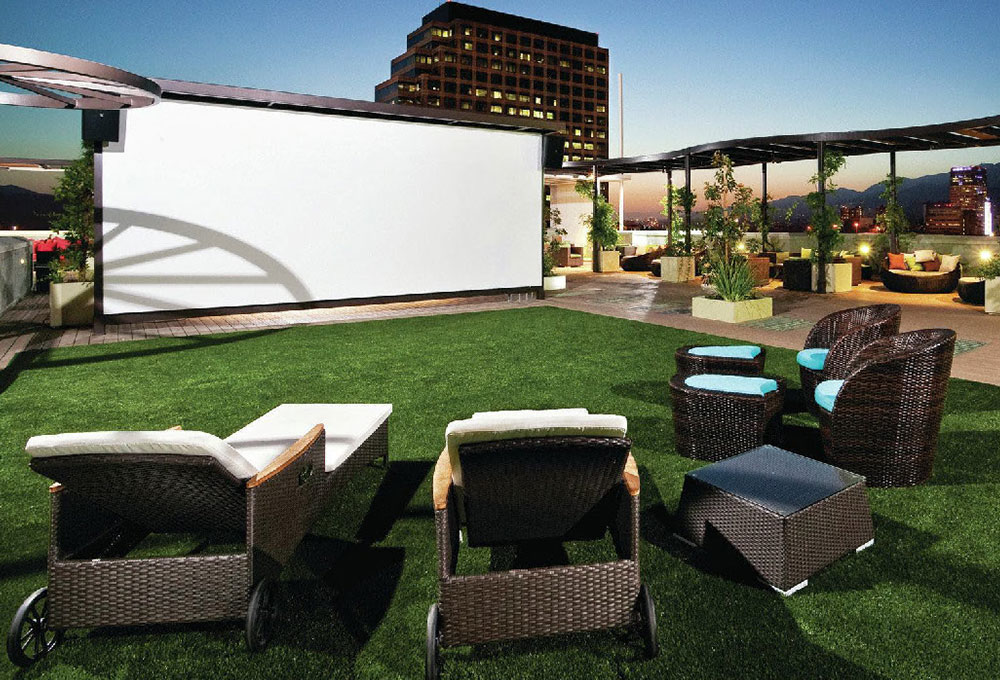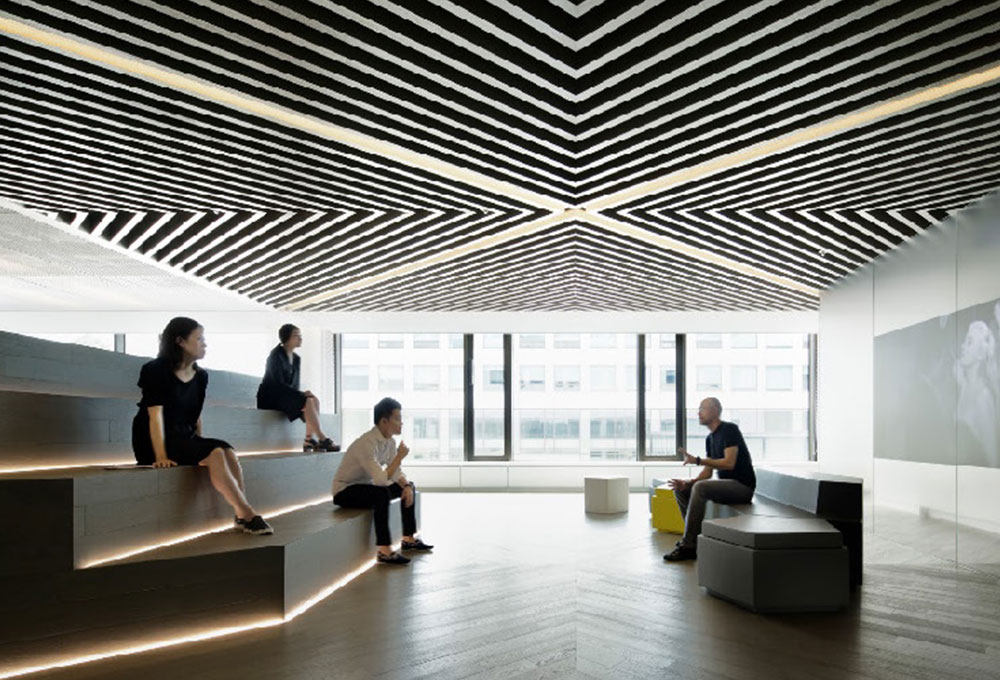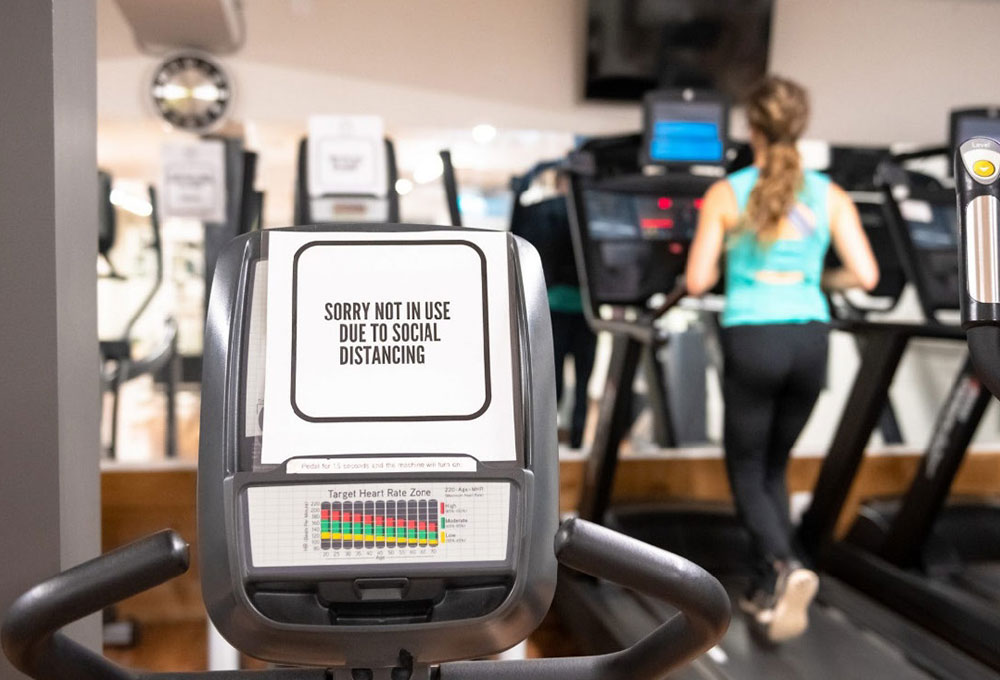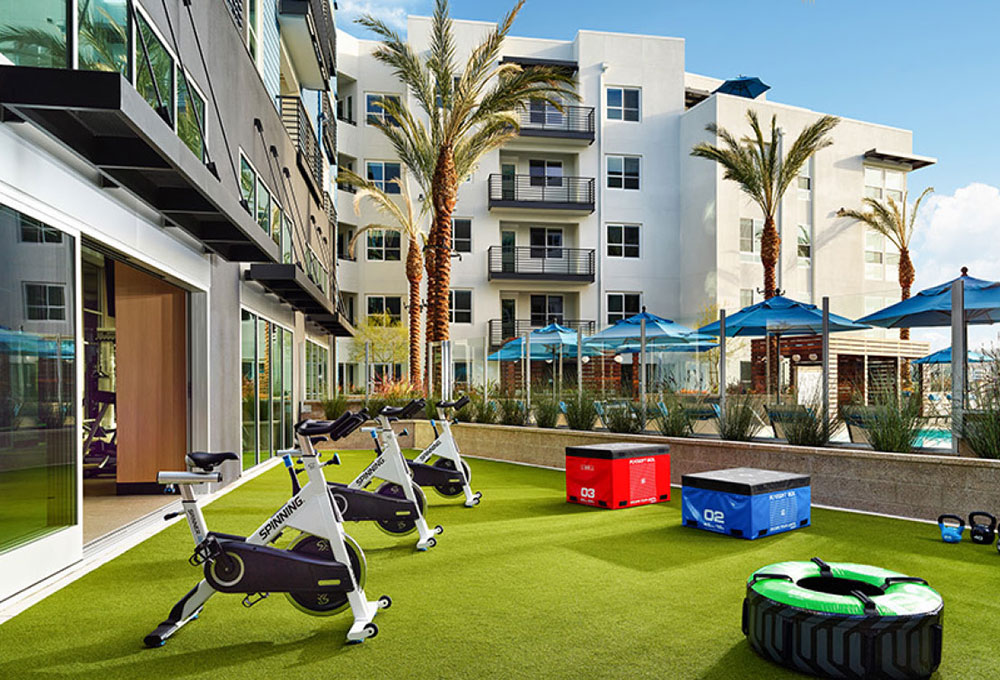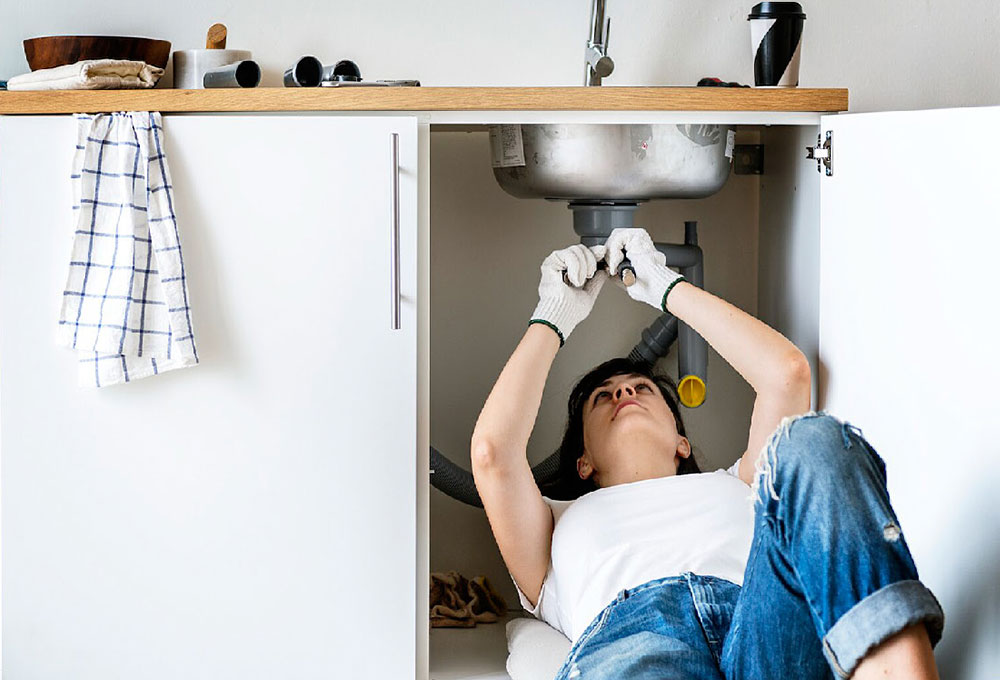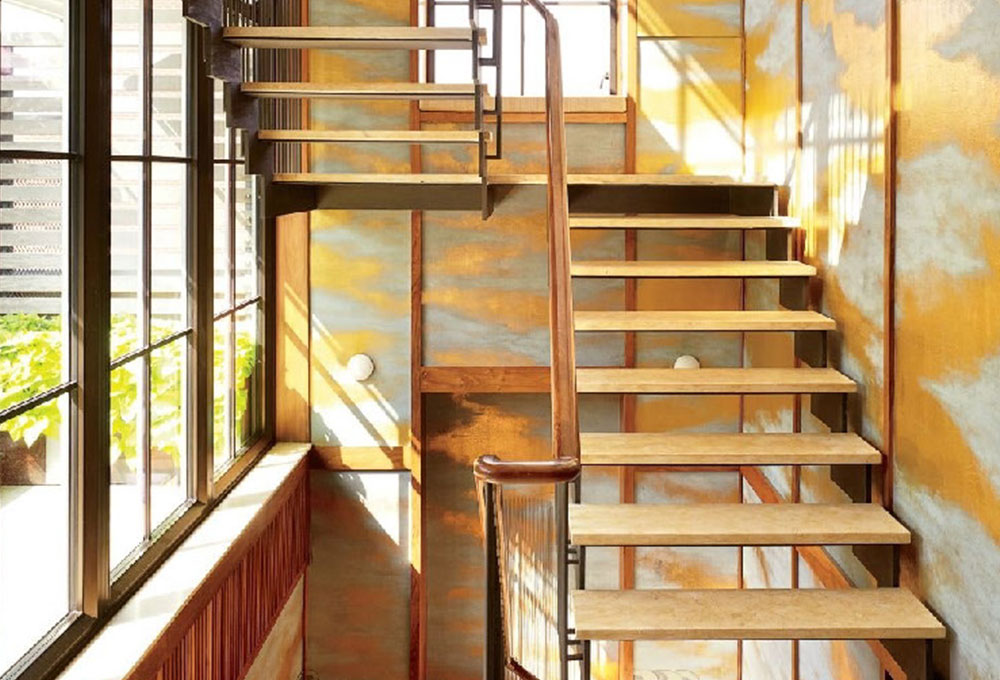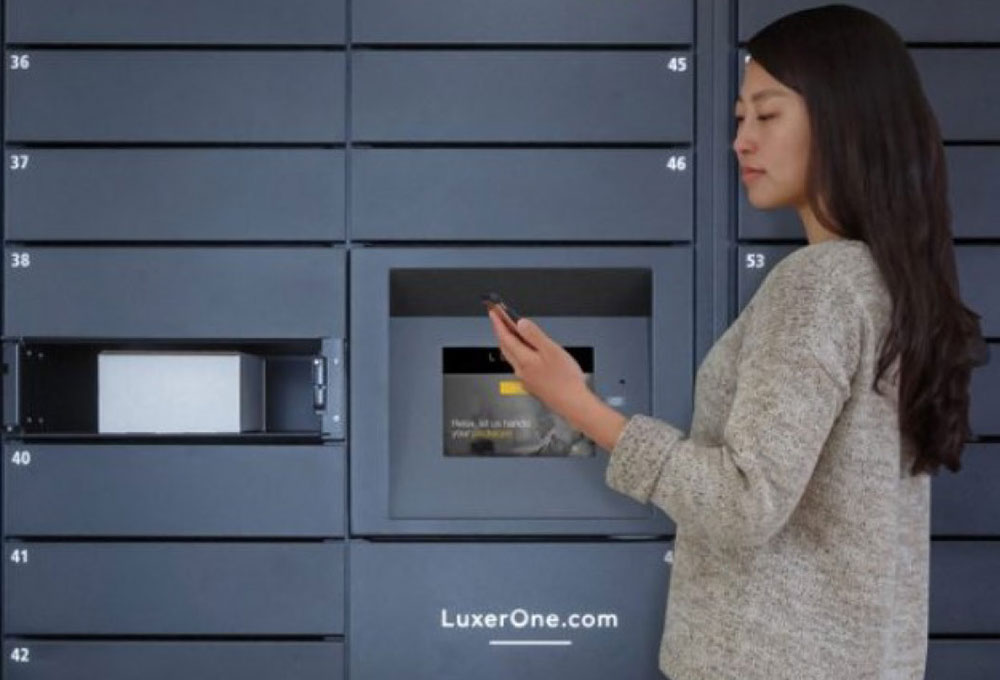In a very short period of time, the COVID-19 pandemic has altered nearly every facet of our lives. As we transition to a world where we must cope with the possibility of a viral resurgence on a daily basis, we begin to see which parts of the old “normal” world will return and which parts of this new world will shape our path forward. The biggest considerations for many will be how we go back to that place we call work — or whether we do at all.
There will be a continuing emphasis on working from home, reimagining office workstations and creating communal business areas in multi-family environments.
Rapid measures are required to protect our population and to prevent future crises. Solutions must address a multitude of new situations — like having to share the dining room table with Mom, Dad, roommates and siblings, and practicing sterilization and sanitization techniques in public work and learning environments.
We also know that disadvantaged communities and people of color are disproportionately affected by crises like the current pandemic. It is our responsibility to consider everyone’s immediate and long-term safety and well-being in a thoughtful, ethical and in an equitable way.
COVID-19 has driven us to create a better world through design that inspires the way we live, work, and play!
CREATING DISTANCE
Larger spaces can lead to increased costs for heating, air-conditioning, lighting, materials, janitorial and disinfection. Even simple solutions, like using paper placemats on work surfaces, echo out into the environment. What impact would such increased daily use of paper products have on deforestation?
Studies show that higher rates of Coronavirus are linked to air pollution, which is typically worse in low-income neighborhoods and communities of color. Developers and operators should play an active role to ensure residents across their portfolio have access to clean air. To mitigate the spread of germs and bacteria, we anticipate air quality tests and filtration processes will be held to a higher standard, and innovative strategies will be required to provide higher filtration without increasing energy consumption. Indoor contaminants can be minimized or eliminated by selecting materials with low volatile organic compounds (VOCs), providing easy-to-clean high-touch surfaces and utilizing green cleaning products.
Businesses and multi-family residences have rushed to institute physical distancing.
- Leasing and sales have gone virtual
- Mixed-use projects provide easy access to essential grocery stores and outdoor dining
- Do-it-yourself videos empower residents to handle their own maintenance issues
- Package-handling solutions include separate entries for deliveries and open mail rooms with circulation paths
- Online reservation systems limit the number of people in amenity spaces — like fitness centers and co-work areas — and equipment is spaced out
- Indoor-to-outdoor lounges expand community rooms and gyms
- Personal fitness classes and studios offer the ultimate in privacy and control
- Outdoor spaces are being converted for group activities, e.g., exercise, lessons and movies
- Mid-rise concept buildings make it easier to take the stairs instead of sharing elevators
- Corridors and stairwells may widen — or be one-directional — with increased circulation
- Natural light will increase in living and communal areas
- Co-working spaces or dual-purpose rooms may be found on every floor
- Flexible furniture, including built-in bookshelves and flip up desks can be added to kitchens, window sills, walk-in closets and entry corridors
- Touchless and/or voice-activated home fixtures, features and entry systems
- Solid surfaces and furniture made from easy to clean materials that are germ-free and antimicrobial
- Drop zones facilitate removal of outer garments and disinfection of groceries
- Health and wellness programs inform and encourage residents and employees
The good news is that builders and operators can promote the actions they are taking to maintain a healthy environment for their communities.

